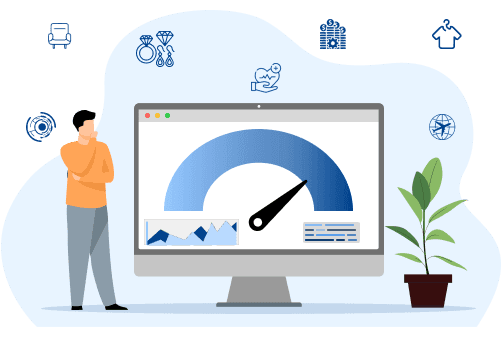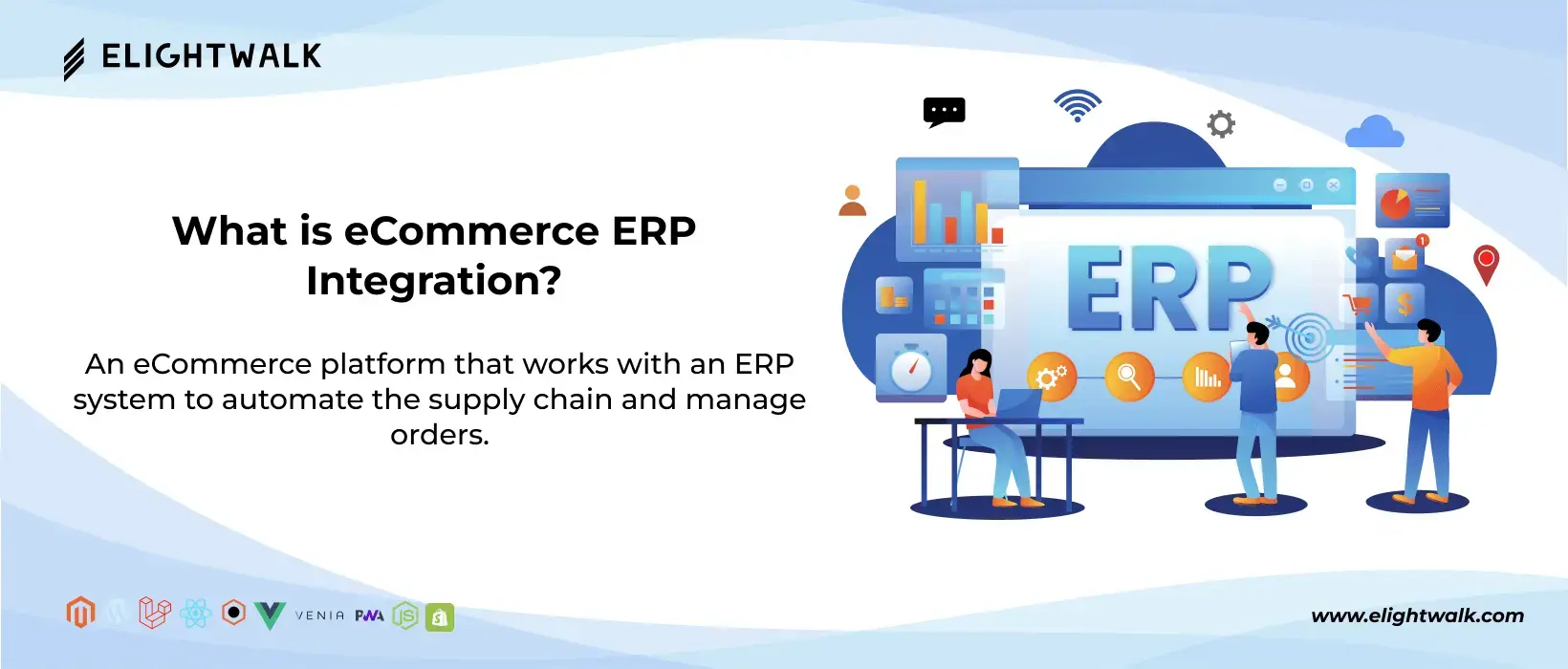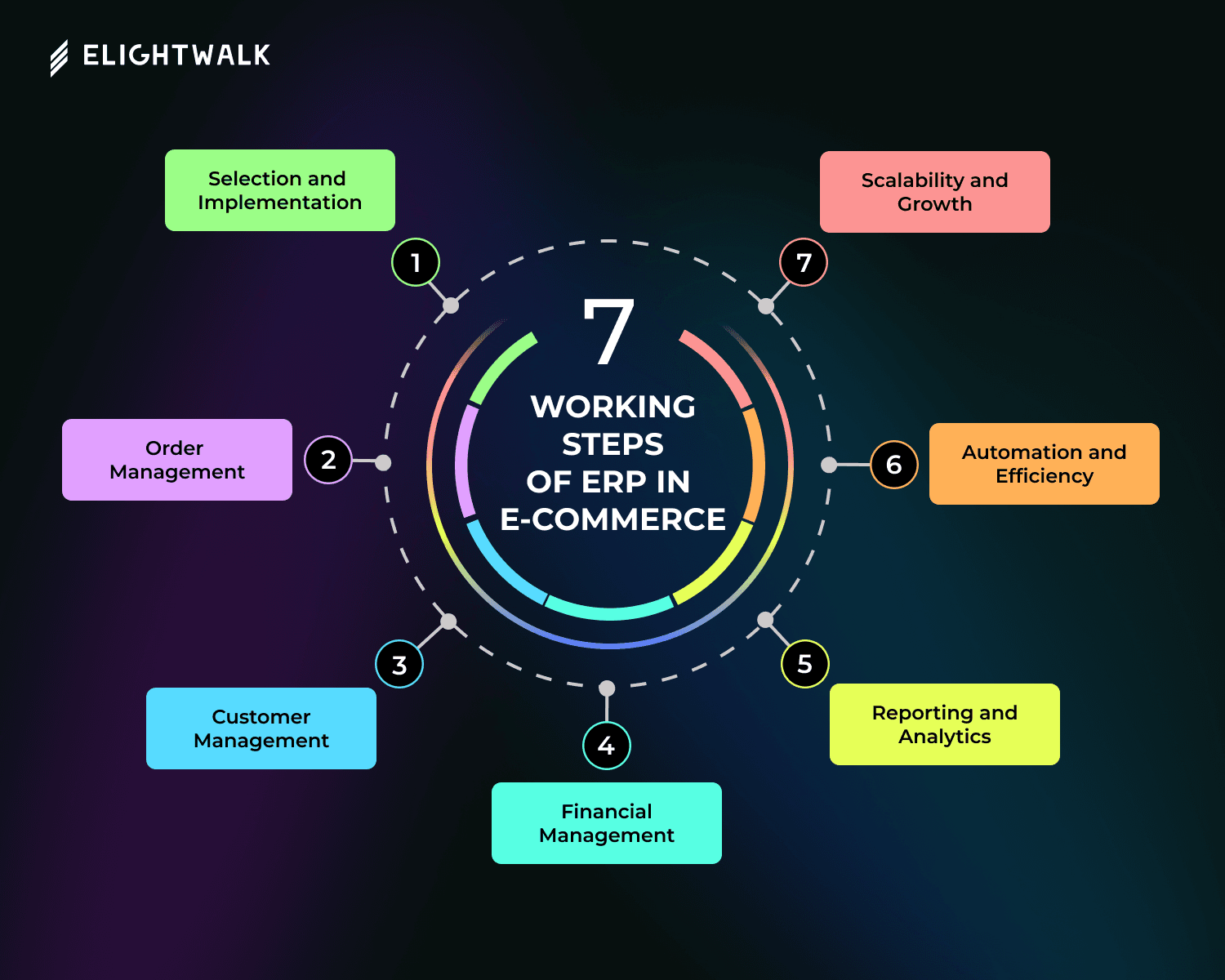Connecting the ERP system with your eCommerce platform will reduce the turnaround time for all your business activities, but your company must be strategic. Below, you will find a step-by-step guide to get things started:
1. Identify Your eCommerce Apps and Platforms
Begin by identifying all of the platforms and applications that your company uses to run its online store. This might include the main platform as well as the apps that keep me in multiple channels (marketplace, Facebook, etc.). The first step in the process is to identify which systems will be integrated into the ERP system integration.
2. Pinpoint Your Most Important Data
Find out which data is the key to the integration for a successful ERP eCommerce integration. This might include order details, customer data, or financial results. Make this data your main goal to ensure that it is correctly updated between systems, facilitating effective data integration. Base the data on the most important things to your eCommerce business to eliminate disruptions.
3. Identify Manual and Inefficient Processes
To begin with, you should recognize tasks that are repetitive or burdened with errors like maintaining accounts payable, really updating inventory on a manual basis, or processing customer orders in a very slow manner. Lack of efficiency around these tasks is a clear indication that you should look into automation of these processes through eCommerce ERP integration which will in turn enhance productivity as well as reduce levels of errors.
4. Choose the Right ERP System
Identify an ERP System that is compatible with your eCommerce platform for the business. This will save time and money and improve your business by leveraging the benefits of ERP. You can choose whether to deploy it on your server or the cloud based on how much data and security you need for your eCommerce website. If possible, choose an ERP model that is suitable for you—whether it is a generalist system that makes sense in all activities, a modular system with the freedom to customize, or a comprehensive package of software suites.
5. Decide on the eCommerce ERP Integration Method
There are several ways to integrate your eCommerce platform with an ERP system, ensuring effective ERP software for seamless eCommerce ERP integration.
- The connection between different software systems, such as ERP and eCommerce platforms, to enhance efficiency. If your eCommerce platform has an API, you can use it to integrate eCommerce with your ERP.
- Native Integration allows for seamless connectivity between various systems and platforms. Some ERPs come with built-in eCommerce integration capabilities, allowing for easy connectivity.
- Third-Party Solutions for integrating your ERP and eCommerce systems can enhance overall efficiency. In some cases, you may need a third-party service to facilitate the integration. These pre-built ERP solutions can often streamline the process and ensure compatibility between eCommerce platforms and other systems through an integration platform that connects ERP
By following these steps, you can develop a clear strategy for successful eCommerce ERP integration in online stores, ensuring a smoother, more efficient workflow with your ERP and commerce systems.




